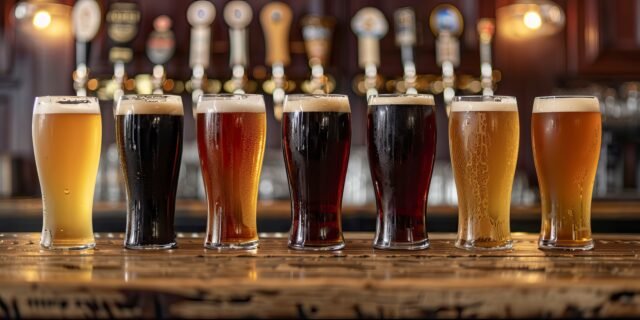Published: by Suraj Desor
Last modified:
A guide to low alcohol drinks

Government guidance
Government guidance on Low-alcohol descriptors sets out expectations on how those manufacturing low-alcohol or alcohol-free drinks (those of 1.2% ABV or less) describe these products.
The use of these descriptors is voluntary however if they are used, the guidance sets out suggested conditions for their use that is expected to be followed.
The descriptors
- Non-alcoholic – the term ‘Non-alcoholic’ should not be used in conjunction with a name commonly associated with an alcoholic drink (such as beer, wine etc).
- Alcohol free – the drink must have an alcoholic content of 0.05% volume or less and state the alcoholic strength (or that it contains no alcohol) on the packaging. The description can only be used where the alcohol has been extracted from the drink
- Low alcohol – drink must be 1.2% ABV or below and state alcoholic strength on the packaging
- Dealcoholised – the drink must have an alcoholic content of 0.5% volume or less and state the alcoholic strength (or that it contains no alcohol) on the packaging. The description can only be used where the alcohol has been extracted from the drink.
These descriptions cannot be used on spirit drinks or any product described as wine (subject to specific exemptions) – which should instead be described as ‘wine-based drinks’.
Use of descriptors
Operators have an obligation under consumer protection regulations (CPRs) to provide material information to customers so that they can make an informed choice before they decide to make a purchase.
This includes accurate descriptions of alcoholic drinks as well as the price – usually via drinks menus. With the increase in low and non-alcoholic drinks offered for sale across hospitality venues, you should be mindful that, where you use these descriptors, they are used in-line with guidance to ensure they are accurately described.
That way your customers are clear on what they are getting and are not misled, all of which helps demonstrate compliance under CPRs and prevent a breach and potential enforcement action from Trading Standards.
Manufacturers should note that where a description is used it should be clearly presented on the front of the label and wherever the alcohol strength may be repeated. If the drinks are dispensed on draught, the descriptors should be clear to the consumer prior to or at the point of purchase.
Low alcohol drinks must comply with all other relevant legal requirements including advertising and labelling rules – in terms of the latter it must be labelled in the same way as other foods showing an ingredients list and a nutrition declaration.
Printable PDF
Download a printable version of this document using the link below.

